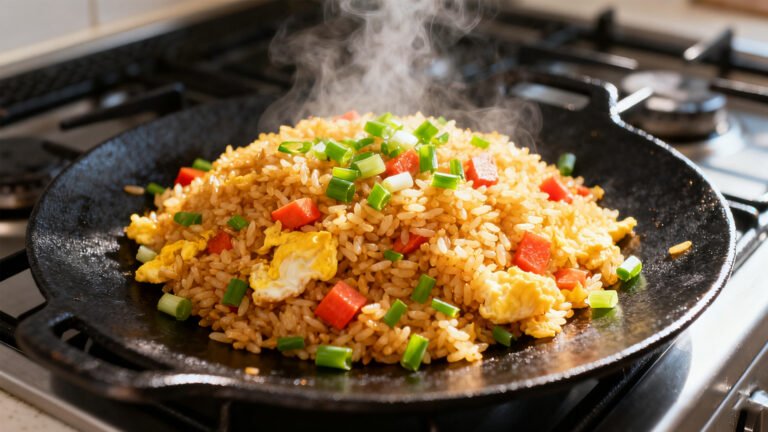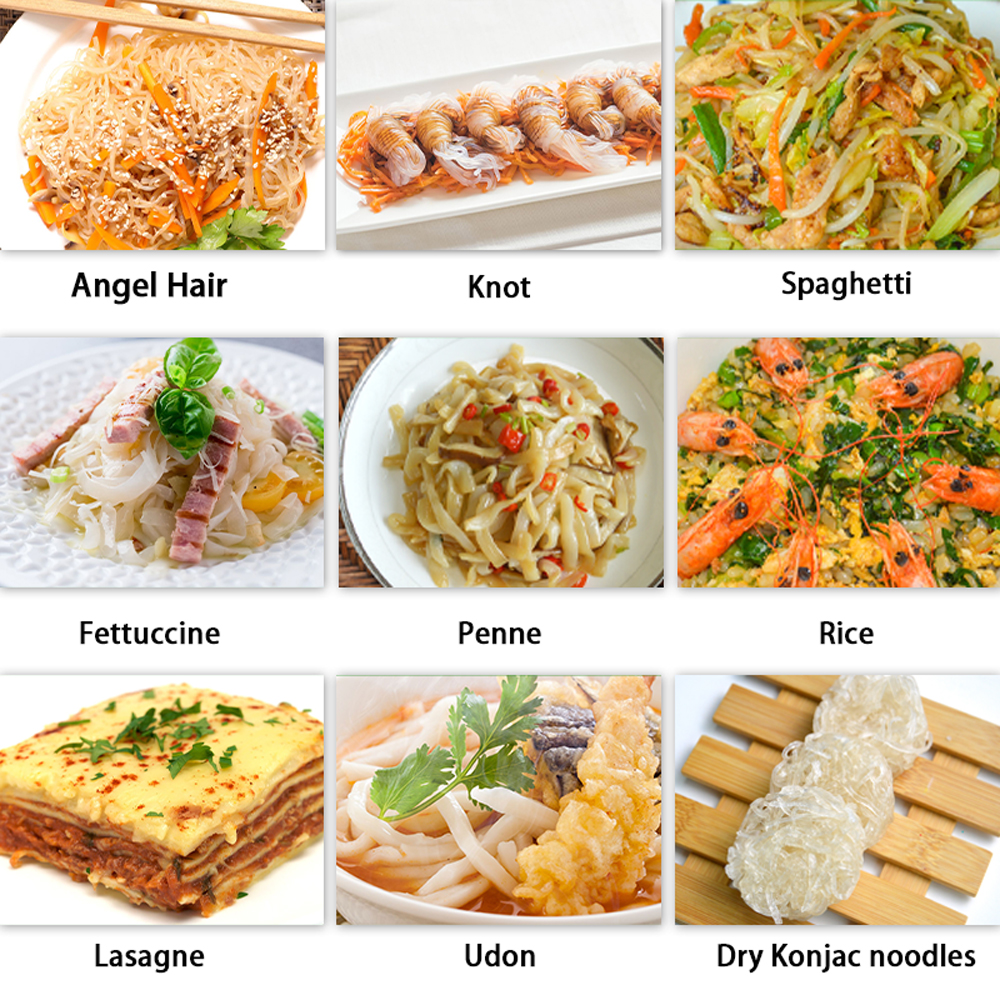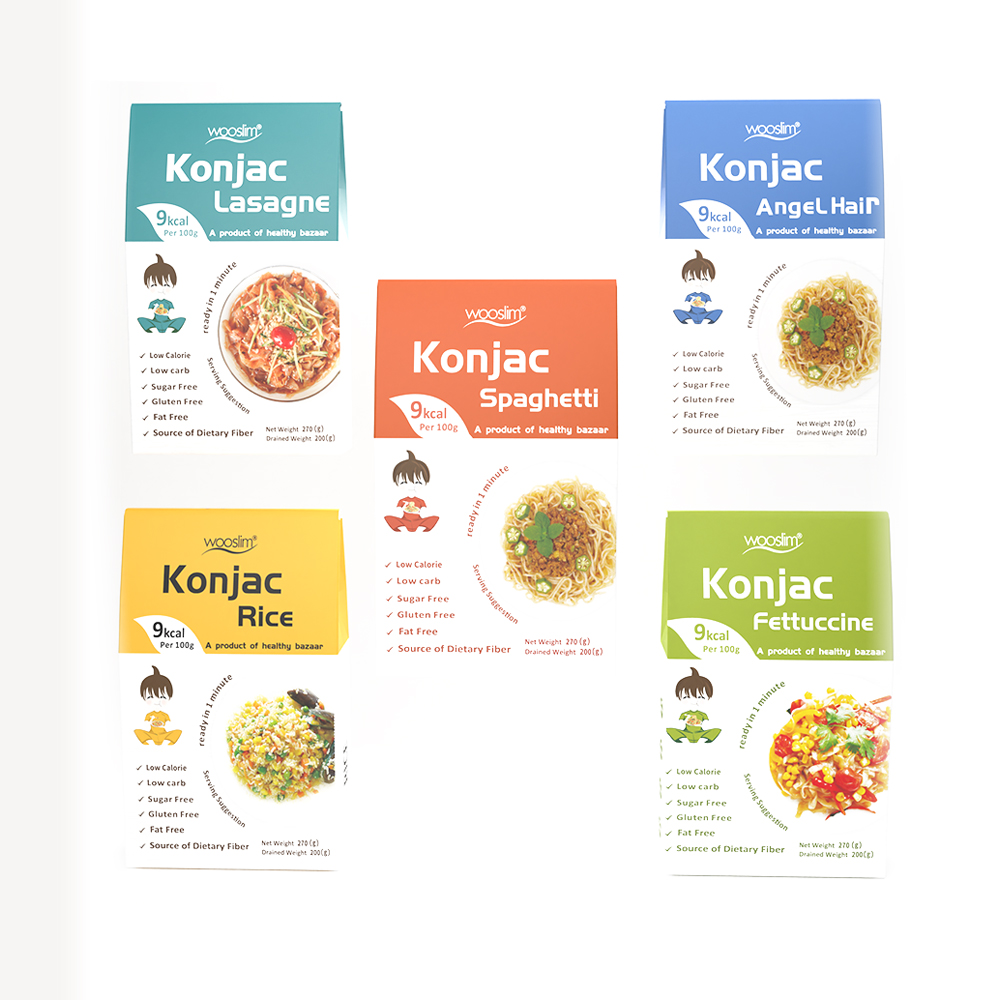
Contact Us through info@lovekonjac.com
Shirataki noodles are long, white noodles often referred to as miracle noodles or konjac noodles. They are made from glucomannan, a type of fiber extracted from the root of the Konjac plant, which is grown in Japan, China, and Southeast Asia.
“Shirataki” is Japanese for “white waterfall,” which describes the noodles’ translucent appearance. They’re made by mixing glucomannan flour with regular water and a little lime water, which helps the noodles hold their shape. The mixture is boiled and then shaped into noodles or rice-like pieces.
Shirataki noodles have a high water content, comprising about 97% water and 3% glucomannan fiber. As a result, they are very low in calories and carbohydrates. While they have a subtle, slightly salty taste on their own, these noodles are incredibly filling. They offer versatility in various dishes such as soups, casseroles, and stir-fries, and can be paired with different types of sauces.


Yes, shirataki noodles are available in various shapes to cater to different preferences and culinary needs. Consumers can find them in spaghetti, fettuccine, lasagne, angel hair, macaroni, penne, udon, and pearl rice shapes. This wide range of shapes allows individuals to enjoy shirataki noodles in various recipes and dishes, offering versatility and flexibility in their culinary experiences. Whether you prefer long and thin noodles, flat lasagne sheets, or small macaroni shapes, there is a shirataki noodle option available to suit your preferences and cooking styles.
Shirataki noodles have almost no flavor. On their own, they don’t have a strong taste. Instead, they tend to adopt the flavors of the sauces, broths, or seasonings they are cooked with. This makes them versatile and allows them to complement a wide variety of flavors.

In terms of texture, shirataki noodles have a unique mouthfeel. They are slightly chewy and have a somewhat rubbery texture. Some people may find the texture takes a little getting used to, as it differs from traditional wheat-based noodles. However, many enjoy the chewiness and find it adds an interesting element to their dishes.

Konjac noodles and Shirataki noodles are essentially the same thing. You may have heard of shirataki noodles by another name – perhaps konjac noodles, devil’s tongue noodles, yam noodles, or konnyaku noodles. However, all of these names are connected because they originate from the konjac plant, which grows in subtropical to tropical regions of Asia. This yam-like root vegetable looks like an oddly shaped potato and is best known for its ‘corm’, an edible tuber-like part of the stem that grows underground.
After it’s been dug up and dried out, the dry Konjac corm is ground down to make flour or powder. Once it’s mixed with still water and lime water, the dough can be sliced into noodles. You’ll also see Konjac appearing on shelves as ‘yam cake’ – a block of the powder mixed with water – or konjac jelly, often used to make lychee cups.
In summary, konjac noodles and shirataki noodles are different names for the same type of noodles made from the konjac plant. Although the names may vary, they all come from the same source and can be used interchangeably.
Calories: 8.4
Fat: 0g
Sodium: 2.8 g
Carbohydrates: 0.2 g
Fiber: 3.9 g
Sugars: 0g
Protein: 0g
With very few carbs per serving (all of which are from fiber), shirataki noodles are an option for people who need to follow a low-carb diet but still want to eat pasta dishes. They contain a beneficial type of soluble fiber called glucomannan that isn’t digested in the small intestine. With almost no usable carbohydrates, they don’t cause blood sugar to rise and have a glycemic index of 0.
Shirataki noodles are naturally fat-free.
Shirataki noodles do not contain any protein, so you will need to get protein from other sources.
Shirataki noodles have 8.4g calories per serving, all of which come from fiber-based carbohydrates.
Shirataki noodles have several health benefits. They are extremely low in calories, carbs, fat, sugar, and protein. They are also gluten-free and suitable for a vegan diet. The primary health benefit of shirataki noodles is the glucomannan fiber content. Fiber, in general, has been associated with various health benefits, including lowering cholesterol levels, reducing appetite, and aiding in weight loss.
Overall, shirataki noodles provide a low-calorie and low-carb alternative to traditional noodles, and their high fiber content can contribute to a healthy diet.